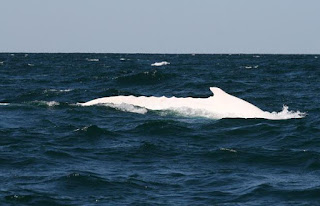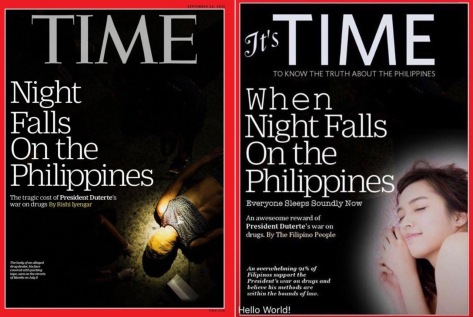Painting and Verse by Dr Abe V Rotor
A
Piece of Eden Regained
Acrylic
on canvas (33" x 103") by AVRotor April 27, 2017.
Courtesy
of LAWIN (Lagro Association of Writers and Artists Inc.), QC
A lake full to the shore, its water deep and clear,
trees speak of old age,
yet hale and strong;
under their spreading crowns and roots the fish stir
to the company of children
and their song.
the lake a living theater and a huge playground,
with ospreys hunting, pigeons
and doves flying,
silence reigns, save the wildlife’s call and sound,
and passing breeze in
the trees whispering,
Promenading by the lake, fishing, and kite flying,
pastime from school and
the shopping mall,
where Nature teaches the true meaning of living,
to humans among creatures big and small.
the earth has aged, senile in many parts;
let's refresh memories else the scene be
forgotten,
relive Nature, the greatest of the arts.
Speak
of love beneath a tree
and
pray, how do I love thee?
two
hearts through Cupid's arrow
on the tree the vow be true!
on the tree the vow be true!
Oh, sweet
nothings of love,
maketh the heart throb, throb.
Diogenes was looking for an honest man,
not the fisher who
caught the biggest fish,
but in the recesses
of his mind got away;
oh, philosophy, a
subject to remiss;
time and freedom the biggest catch,
no big fish can truly match.
It's the osprey of the lake
playing
with the kids with their kites
flying;
I join them by writing and painting
and rejoice in finding this lost lawin.
Reptiles, scorned and
feared,
symbol of death and greed;
I defend them for any
creed,
their demise I shall grieve.
Colorful
in the vast green,
to be
admired and seen;
birds on
stage and screen.
thinned
in their own scene.





































